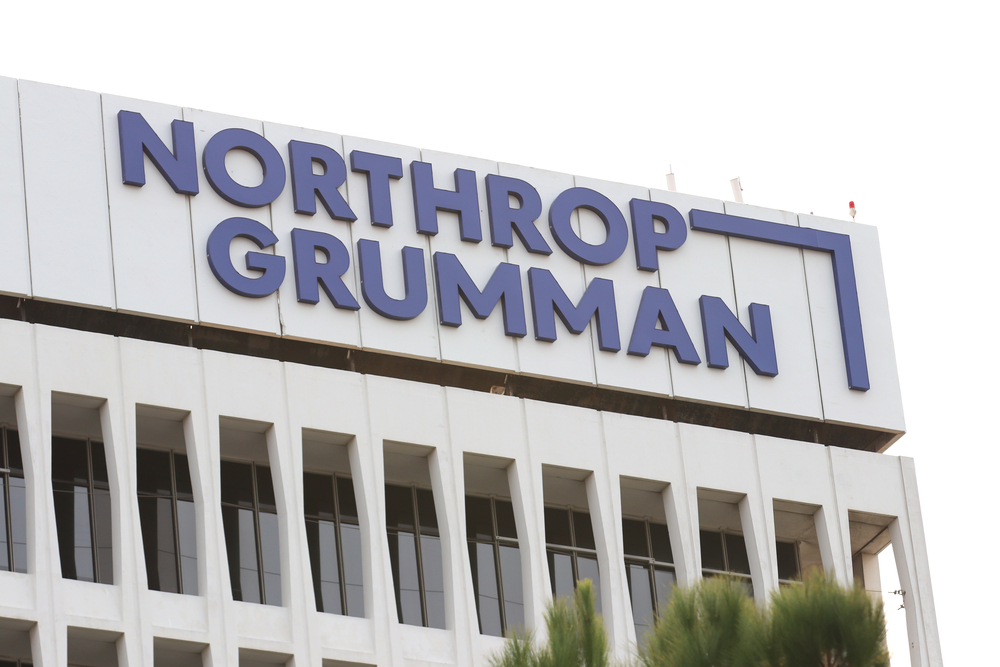
In Washington, last week, the Missile Defense Agency awarded a contract worth as much as $3 billion to Northrop Grumman intended for the integration and management of weapon systems associated with the Ground-based Midcourse Defense (GMD) system. The plan is to design a system that can better defend the US homeland from overseas ballistic missile attacks, mostly under threat of Iran and North Korea.
In a statement released on August 1, the company reported this contract sees Northrop providing design, development, deployment, verification, and sustainment support for new GMD Weapon System Program capabiities.
According to Northrop Vice President of Launch and Missile Defense Systems, this project will also include the upgrading and enhancement of current GMD capabilities that can better defend against continuously evolving threats.
His statement describe, “GWS is part of Northrop Grumman’s land and sea-based missile defense systems that are enabled by our advanced missile warning and tracking space satellites. Together, we are delivering end-to-end capabilities that will protect the United State and its allies.”
Primarily, the program will update the current ground components of the existing GMD system through “proven digital transformation processes,” modernize legacy code, add new capabilities, and, finally, incorporate Next-Gen Interceptor ballistics when it becomes operational.
Northrop had partnered with Raytheon Technologies to compete with a team consisting of Lockheed Martin and Aeroject Rocketdyne to replace GMD Ground-based Interceptors (GBIs) with new NGIs. Boeing has long held the current development and sustainment contract for the GMD systems in operation today, but that contract will expire next year.
At present, there are 44 GBIs buried in ground silos at Vandenberg Space Force Base, in California, and Fort Greely, in Alaska. Of course, these systems include associated mechanisms like ground control stations and detection and fire control systems, as well as other infrastructure support.
